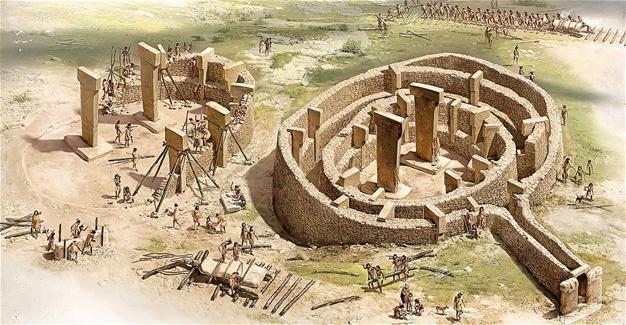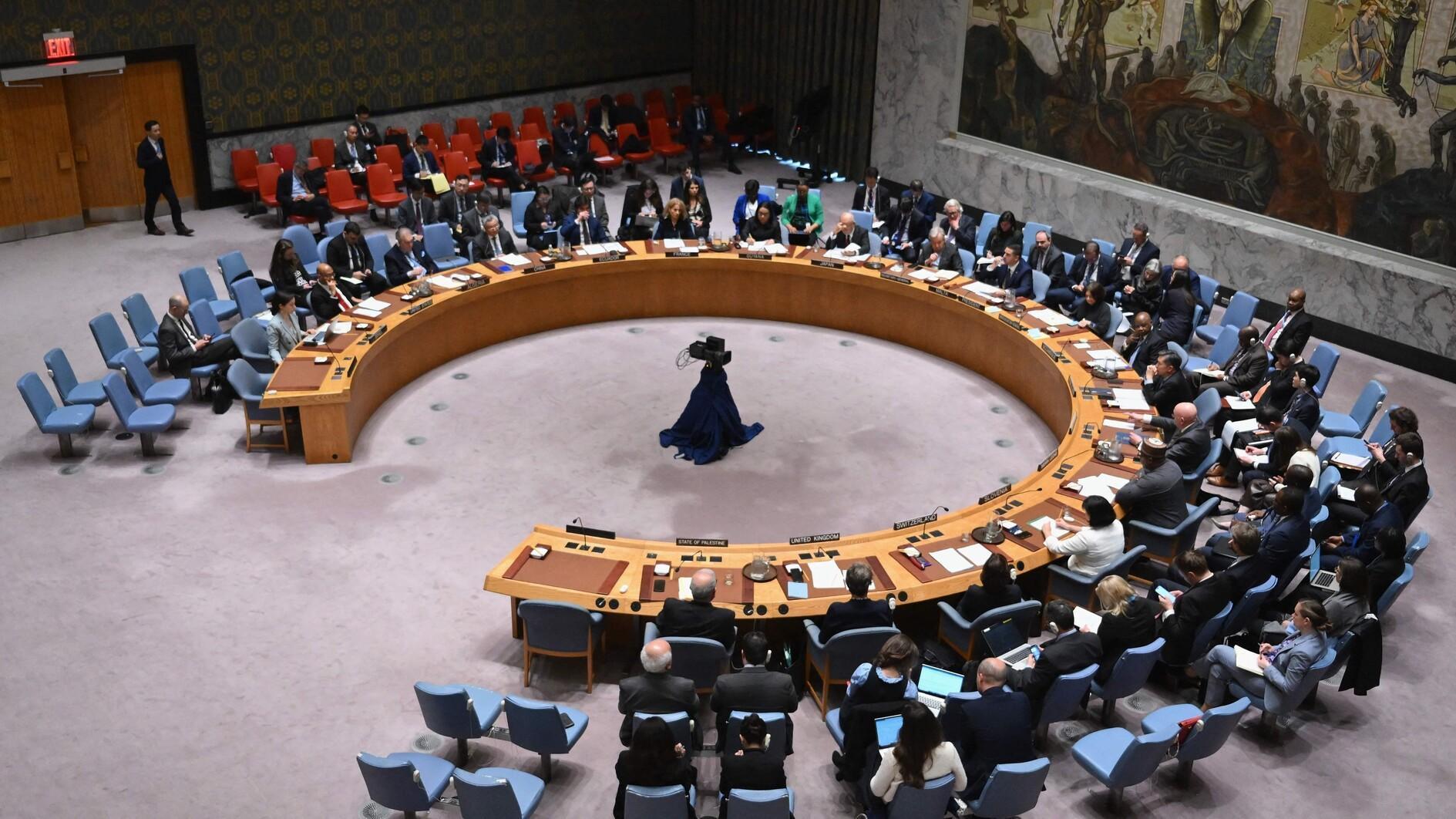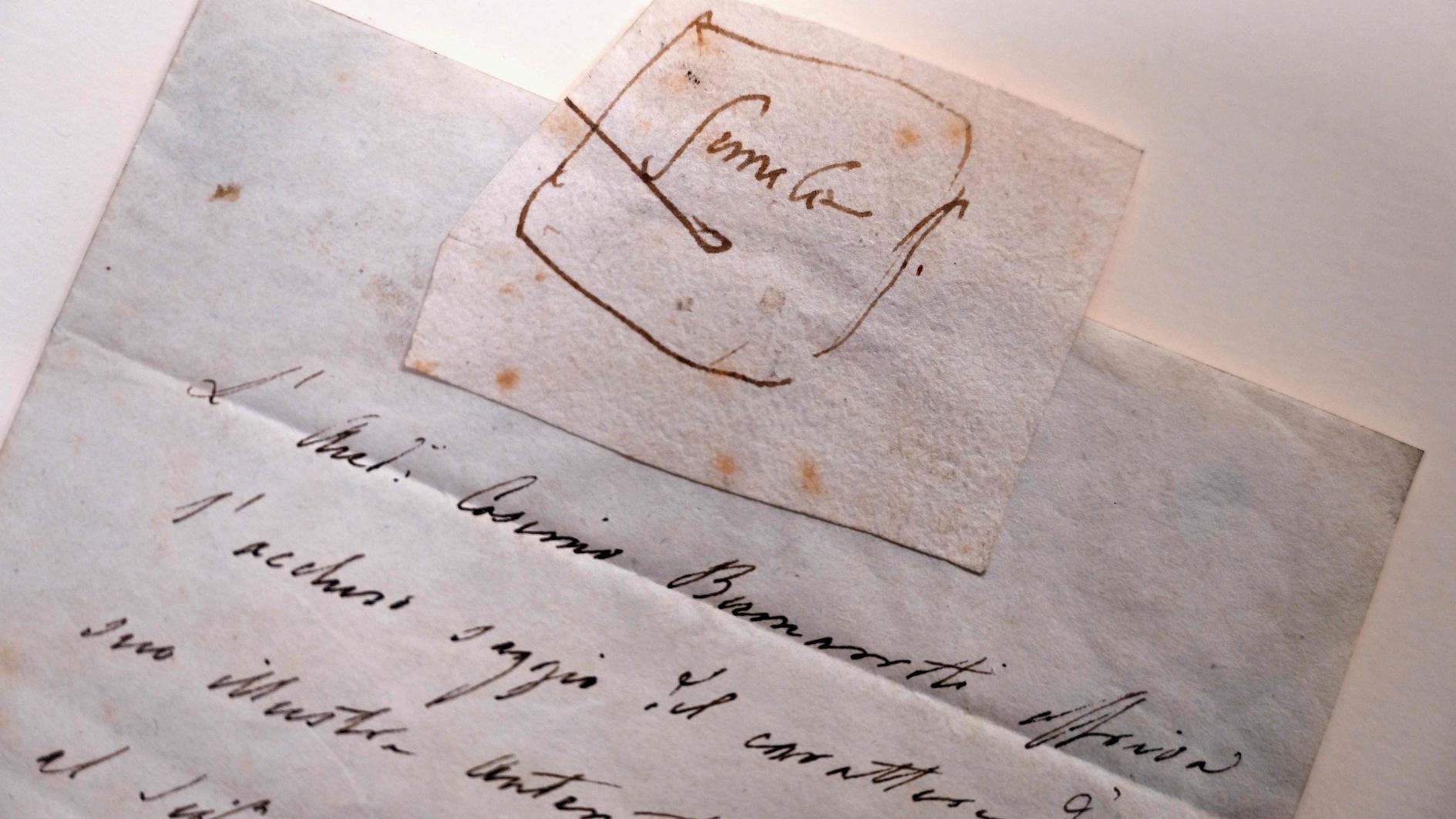Turkey's Göbeklitepe readies for UNESCO with new façade
ŞANLIURFA – Anadolu Agency
 The ancient site of Göbeklitepe located in the southeastern province of Şanlıurfa is getting ready to be added to the UNESCO World Heritage List with a new roof protection.
The ancient site of Göbeklitepe located in the southeastern province of Şanlıurfa is getting ready to be added to the UNESCO World Heritage List with a new roof protection. Located close to the Örencik neighborhood, 18 kilometers from Şanlıurfa’s city center, Göbeklitepe was first discovered in 1963 during surface survey of researchers from Istanbul and Chicago universities. Works have been continuing in the ancient settlement for 54 years.
Considered by many international organizations as the world’s oldest temple dating back to 12,000 years ago, Göbeklitepe entered the UNESCO World Heritage Tentative List five years ago. The site is expected to enter the permanent list next year.
Final preparations for the UNESCO nomination are continuing in Göbeklitepe. Works to establish a nearly 4,000- square-meter steel roof is being finished to provide a better and sturdy protection for the ancient site.
Şanlıurfa Provincial Culture and Tourism Director Aydın Aslan said Göbeklitepe was a huge excavation site that changed the world’s archaeology history to a great extent, adding that excavations were continuing non-stop in the region.
The city is home to the world’s oldest temple, which is believed to be twice as old as the Stonehenge and the Pyramids.
Aslan said the roof works are expected to be finished on July 15. “As of July 15, the roof project will be finished and the area will be open to visitors. The priority of works is the protection of Göbeklitepe. The cost of this work is nearly 600,000 euros, provided by the Turkish state and the European Union,” he added.
‘What matters is protection’
The head of the Göbeklitepe excavations, Celal Uludağ, said the excavations will be delayed because of the roof project in the field.
He said the protection of the field of historical artifacts is as important as the protection of the artifacts, and that new findings can also be unearthed during upcoming excavations. He said they have been planning to start excavations in the region for long years.
“We will start excavations after the roof project. We believe that we can continue excavation works in the settlement for long years. So far, seven temples have been unearthed in the region and many of them are waiting to be discovered. It is important to protect and display the findings. Now we give priority to the protection of the current findings,” he added.
Göbeklitepe was discovered in 1963 as a Neolithic settlement, during the surface surveys realized as a part of a Joint Project named “Prehistoric Research in Southeastern Anatolia” by Istanbul University in cooperation with Chicago University.
It was first mentioned in an article by Peter Benedict in 1980. In 1994 the site was visited and described by Klaus Schmidt, scientist at the University of Heidelberg. It was only then that the importance of the site was recognized.
The site is composed of approximately 20 round and oval structures. There are two T-shaped free-standing pillars of 5 meters long. Monumental structures of Göbeklitepe were deliberately filled with soil by the people of the Neolithic period who built them, which is why the findings have survived without any damage.
















